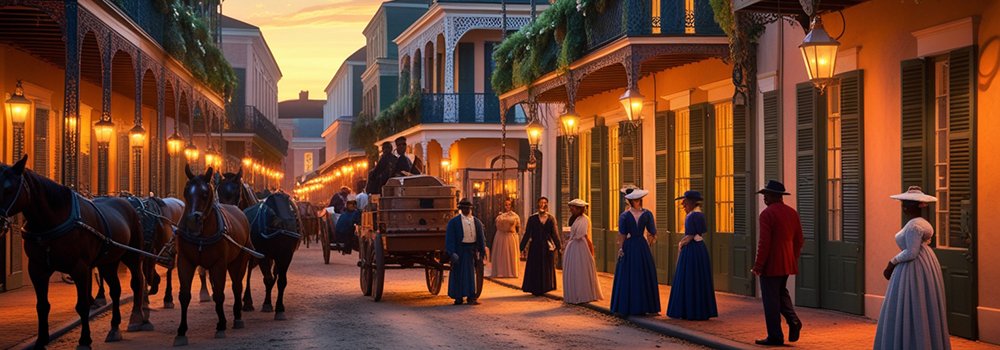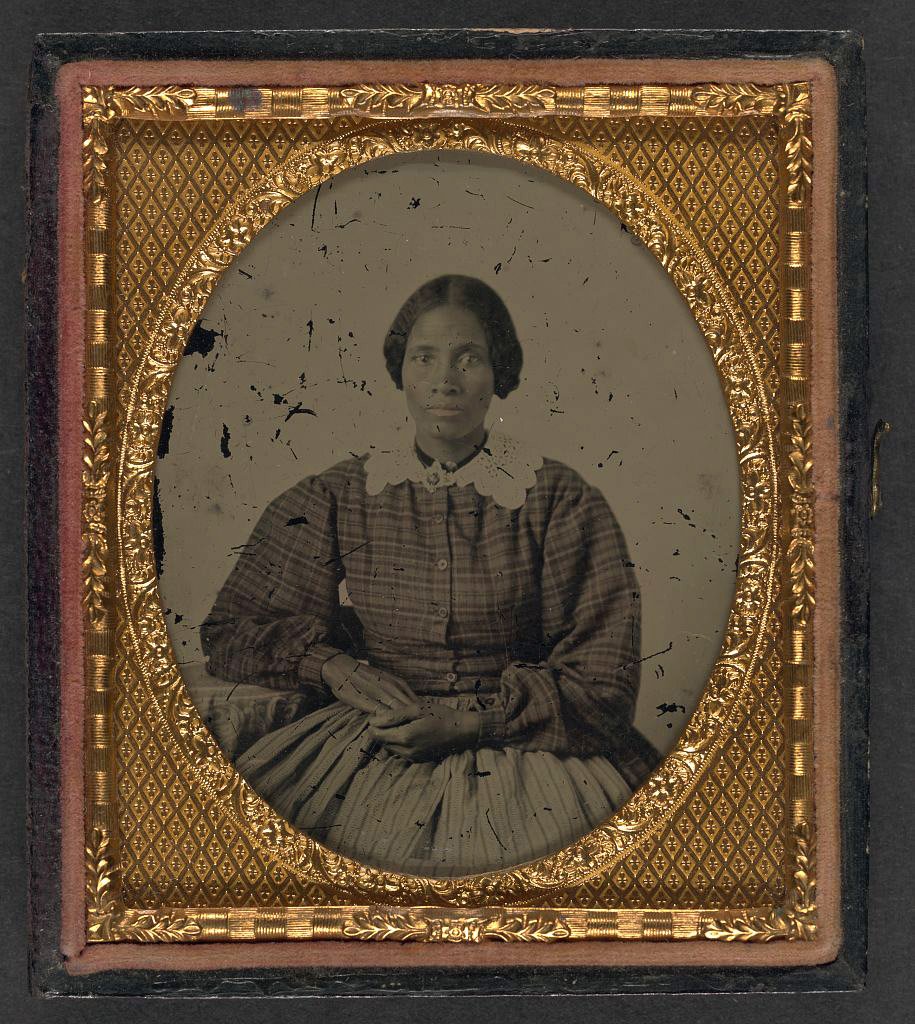The AAP Blog
The African American Classical Heritage
Edmond Dédé, Florence Price & Recovering the Past
It’s 1840 in New Orleans. Jazz is a yet-to-be-conceived child of a distant, misty future. There’s not even ragtime, though it’s beginning to emerge—a process that would take decades more. What many Orleanians move to, the sound of the times, is classical music. And for a teenaged African American son of a family living its fourth generation of freedom, that classical sound becomes all-consuming. He abandons the clarinet for the violin, plays with a technique and flair that merits newspaper print, and is soon writing his own compositions in the New Orleans style known as Creole Romanticism.
Edmond Dédé reveled in the music, but not in the oppressive spirit of the age. As a young adult, more than a decade before the Civil War, he tired of the constricting racism, the need to carry proof that he was a free person of color and, in 1848, left the Crescent City for Mexico. A few years later he would return to N.O., publish a song, and was then off to France. Only now, in his work, his perhaps first-of-its-kind African American opera, the soul of Edmond Dédé returns, adding to a line of Black American classical artists often overlooked or disregarded. We return to Dédé in a few minutes.
Baby Boomer Blacks in the 1960s (and less so in the ‘70s) often got a glimpse into that submerged African American classical music history. Leontyne Price, a Jackson, Mississippi, daughter of a carpenter and a midwife, made her first of many television appearances on NBC in 1955 in the title role of Puccini’s Tosca; this also the first African American lead in a national opera broadcast. Price became a constant on ‘60s TV, mainly with Metropolitan Opera broadcasts. The HBCU-educated (Central State University (Ohio)) soprano not only regaled presidents (L.B.J., Carter, Reagan, G.H.W. Bush, Clinton) but pulled through a connective thread from a deep African American classical history.
It turns out Price’s opera bug was caught during her attendance, at nine years old, of a Jackson recital by contralto Marian Anderson, a voice of classical music and civil rights through the earlier part of the 20th Century. Anderson’s denied appearance in 1939 at a Washington, D.C., concert hall—an appearance scotched by the Daughters of the American Revolution—triggered First Lady Eleanor Roosevelt’s resignation from the D.A.R., though Zora Neale Hurston noted Roosevelt had missed issuing a similar condemnation of a separate Anderson denial incident.
Anderson’s contemporary, William Grant Still, remains less known but no less a thread of the African American classical heritage. Still, another Mississippian (born in Woodville, 1895, raised in Little Rock, Arkansas) and HBCU (Wilberforce University (Ohio)) product became a leading light in the Harlem Renaissance through his associations with Alain Locke, Langston Hughes, Arna Bontemps and other Renaissance luminaries. Still’s “Afro-American Symphony”, which premiered in 1931, was believed at one time to be the most widely-performed symphony by any American.
Just a few years senior to Still is Florence Beatrice Price (b. 1887) who seems to have been having her “day” over the past few years, particularly with the British Broadcasting Company and U.K. audiences at the Royal Albert Hall. Price, born in Little Rock, headed the Clark Atlanta University music department after graduating conservatory in Boston. She would ultimately move to Chicago with her husband Thomas (they were divorced just a few years later) and she worked feverishly at her compositions. Her work would lead her to connections with Marian Anderson and Langston Hughes (the thread remains intact). The Price resurrection of today began in 2009 with discovery of her manuscripts which include her perhaps most-played work, her “Symphony No. 1 in E Minor”. In it one can hear the interweaving of Price’s classical training and her devotion to the African American church.
Price’s friend and Chicago roommate Margaret Bonds, also a composer, is believed to have been the first Black soloist with the Chicago Symphony Orchestra. There’s also baritone Jules Cobb Bledsoe, the first Black opera singer to find regular work in New York, and the composer Charles Lucien Lambert of New Orleans, a Creole Romanticist, which brings us back to Edmond Dédé, also fairly-newly resurfaced and getting his propers with performance of his “Morgiane”, which he completed in Paris in 1887. “Morgiane” is believed to be the oldest Black opera in existence and offers a glimpse into the early days of a Black classical world little-known and under-appreciated, in particular for how it broadens and deepens the African American story.



